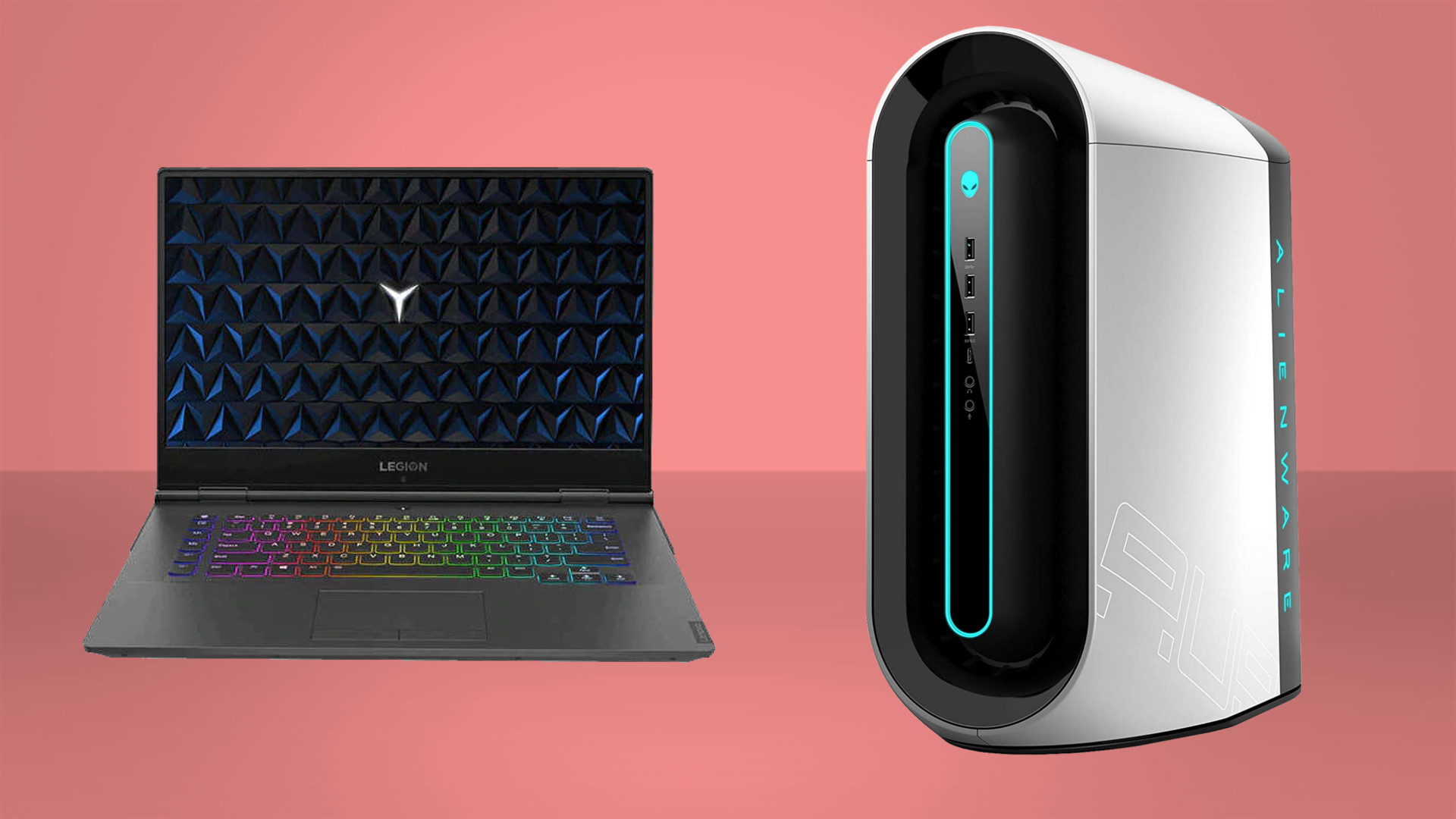Here's why Nvidia might have downgraded the RTX 3080 Ti
From the expected 20GB memory, we're now looking at just 12GB.

Looks like Nvidia may have had a change of heart about the as-yet unannounced GeForce RTX 3080 Ti, as we're seeing a noted difference in the rumoured spec. Not only do sources suggest the specification numbers have seen a shrinkage, the launch looks once again to have been shifted further back.
According to kopite7kimi, a well known twitter leaker, 'things have changed.' Where originally the RTX 3080 Ti was expected with 20GB GDDR6X onboard memory, they're now under the impression 12G is all we'll be getting.
Things have changed. Maybe the current spec is 10240FP32, 12G GD6X. 😃February 6, 2021
Moreover, it looks like the cards expected FP32 core count has seen a drop. At first thought to be on par with the Nvidia RTX 3090's 10496 cores, it now looks to have settled on just 10240 CUDA cores. But, despite the predicted drops, the Ti's memory bandwidth of 864 GB/s, and memory clock of 19Gbps, are still miles ahead of comparative cards like the AMD RX 6900 XT—which tops out at 512 GB/s and 16Gbps, respectively.
Whether this will give the cards the edge they need to triumph over AMD's 16GB alternatives is yet to be determined, especially as the Radeon cards have their unique Infinity Cache feature to offer, which can result in memory bandwidth figures 1,664 GB/s.
But we won't find out for ourselves until April at the earliest, if the above leaks are anything to go by.

Best gaming PC: the top pre-built machines from the pros
Best gaming laptop: perfect notebooks for mobile gaming
The decision to reduce the memory capacity may come as a bit of a surprise. In many respects it makes sense for Nvidia to downgrade the memory, so as not to step on the toes of the 24GB RTX 3090.
But killing the Titan with the Ti in previous-gen GPU line-ups never seemed to have bothered Nvidia before. The GTX 1080 Ti for example encroached heavily on the GTX Titan X (Pascal) a few generations back. So why shouldn't the new RTX 3080 Ti steal some of the limelight from the RTX 3090, especially as it's likely to come a good while after?
Keep up to date with the most important stories and the best deals, as picked by the PC Gamer team.
First and foremost, we expect the decision to be a way of keeping costs down for everyone involved, especially considering the state of memory availability at the moment. It is rumoured that a large part of the problem of upping supply right now is that video memory costs are spiralling and supply tight for manufacturers.
Secondly, it seems Nvidia is making a point of competing with AMD's consistently higher VRAM capacities—the red team's 16GB might look mightier at first glance, but realistically it hasn't been shown as necessary in the world of gaming as we know it.
The 10GB memory pool of the Nvidia RTX 3080 has been more than enough for Nvidia so far, so the logic stands in terms of pitting a 12GB upgrade against the 16GB red team offerings.
Maybe this decision will help keep the GPU market a bit more stable, but who knows. It's all a bit up in the air at the moment. All we can say is these new spec expectations seem to align better in the grand scheme of things in our new normal.

Screw sports, Katie would rather watch Intel, AMD and Nvidia go at it. Having been obsessed with computers and graphics for three long decades, she took Game Art and Design up to Masters level at uni, and has been rambling about games, tech and science—rather sarcastically—for four years since. She can be found admiring technological advancements, scrambling for scintillating Raspberry Pi projects, preaching cybersecurity awareness, sighing over semiconductors, and gawping at the latest GPU upgrades. Right now she's waiting patiently for her chance to upload her consciousness into the cloud.

